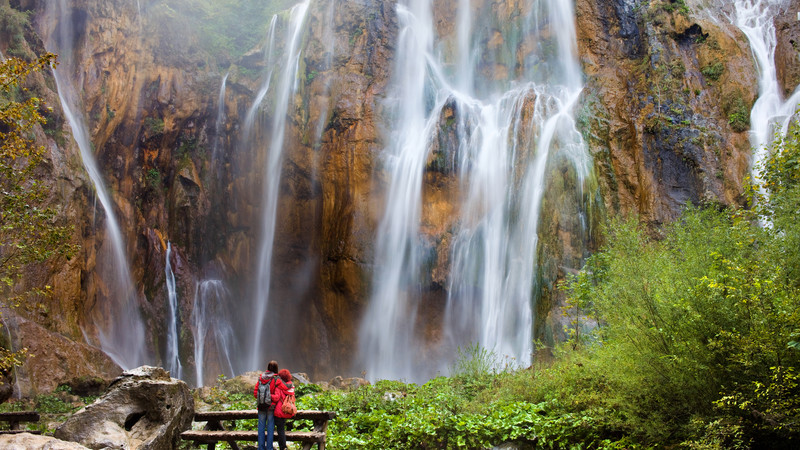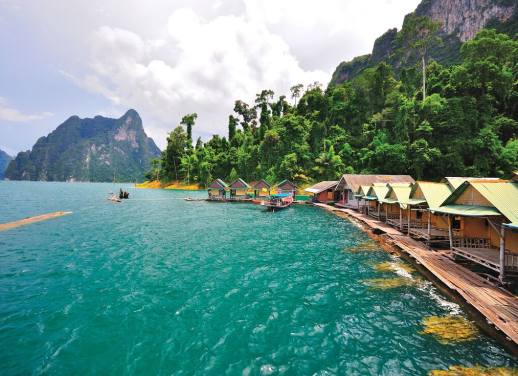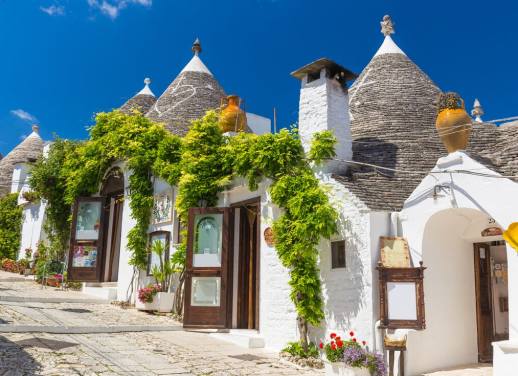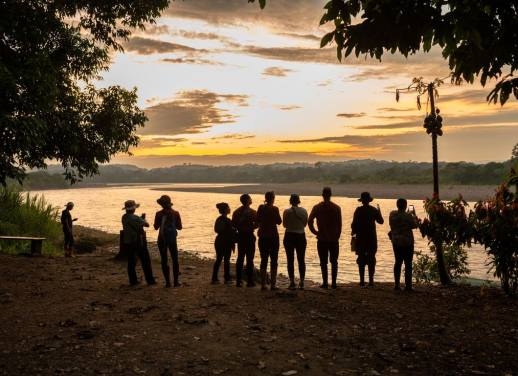Croatia has quickly secured a place on all Euro-trip itineraries. Every year, thousands of sun-seeking travellers are delivered to the country by the boatful.
However, as the Balkan gem gains popularity, the locals are growing increasingly frustrated by tourists.
Our tips for responsible travel in Croatia
1. Enjoy the local cuisine
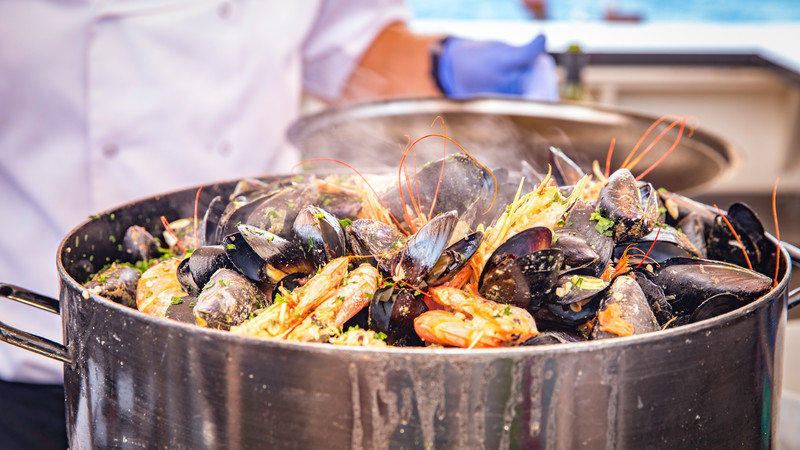
Photo by Pippa Whishaw
Eating local produce and drinking locally brewed beer is carbon friendly, so why not treat your taste buds to the delicious fare the country has to offer? It’s no surprise that coastal Croatia serves up a variety of tasty seafood, so satisfy your stomach by trying the fresh fish, mussels, oysters, prawns… the list goes on! Don’t worry if you’re not into produce of the aquatic sort, there are still plenty of delicious dishes to indulge in.
Supporting local businesses will not only help your carbon footprint, it’ll also ensure your tourist dollars are going to those who will benefit from them the most – earning you twice as many responsible traveller points.
RELATED: 6 OF EUROPE’S HOTTEST FOOD DESTINATIONS
2. Avoid bottled water
Plastic bottles account for a lot of waste in Croatia, even though tap water is perfectly safe to drink. Stay hydrated while cruising around the Adriatic Sea by refilling a reusable canteen from the tap – the environment will thank you.
As well as plastic bottles, it goes without saying that you should always take any packaging or waste with you. Waste removal and disposal cause issues on a number of Croatia’s Islands, so don’t be that traveller. Oh, and say no to plastic bags. Pack your shopping into a tote bag instead.
RELATED: POSITIVE PROGRESS – EUROPE’S FIGHT AGAINST PLASTIC WASTE
3. Learn the local lingo
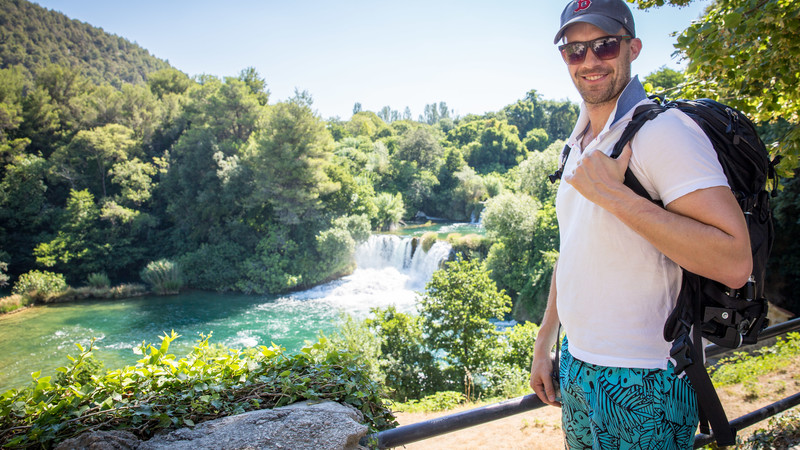
Photo by Pippa Whishaw
Consider learning a couple of words or phrases in Croatian before you jet off. Whether you’re trying to break the ice or just being polite with a simple please (molim), thank you (hvala), or cheers (zivjeli) the locals will appreciate your efforts – even if your pronunciation is terrible.
4. Stick to the trails
Areas such as Mljet National Park are still fairly untouched, but with hordes of tourists now visiting it’s important to respect your surroundings to maintain the natural beauty. Keep to the designated trails and leave nothing but footprints behind. Going off the beaten path can lead to you crushing protected plants or fragile ecosystems. Others are also likely to follow your tracks, causing even more damage.
RELATED: IS PLITVICE LAKES NATIONAL PARK THE MOST STUNNING DESTINATION IN CROATIA?
5. Be careful with your conversation

Photo by AlesHostnik, Shutterstock
If you find yourself chatting with a local, beware of sensitive subjects. Although you will discover some Croatians want to talk about the wars, it’s a very touchy topic that others don’t want to discuss. Ensure you navigate any such conversations with sensitivity.
6. Consider your shopping
If you want to bring back a souvenir or two, it’s always best to first try and support the local economy. You can do this by heading to the stalls of traditional artisans for locally produced and manufactured mementoes, instead of shops that import their goods. Also, avoid the red coral jewellery if the price tag seems too cheap – chances are it wasn’t sourced responsibly.
7. Educate yourself
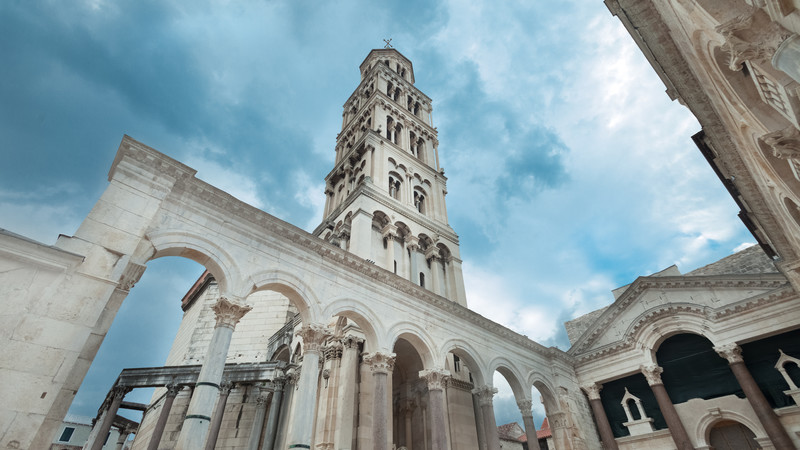
Photo by paul prescott, Shutterstock
As with every country you visit, you should always take the time to brush up on the social norms beforehand. Learning as much as you can about the place you’re visiting, such as the religion, culture and appropriate body language, can help make any culture shocks a lot less overwhelming when you arrive.
Explore Croatia on a small group adventure with Intrepid now.
Feature image by Artur Bogacki, Shutterstock

